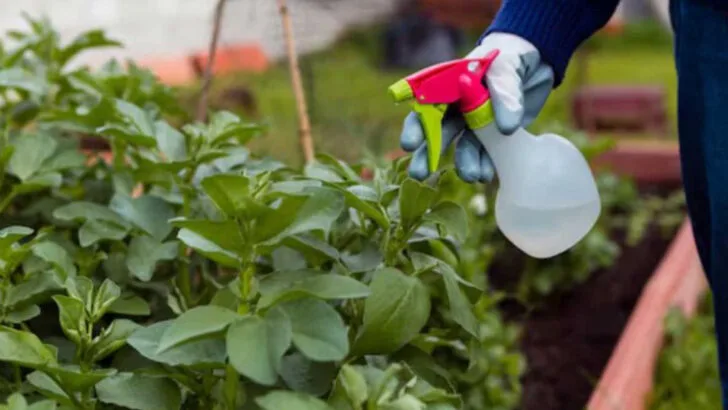You’ve planted the right seeds, watered faithfully, and waited patiently—so why isn’t your garden thriving? The answer might not be in the soil or the sun, but in your layout. How you organize your garden can make or break your harvest, even if everything else seems perfect.
In this guide, we’ll uncover 17 common garden layout mistakes that quietly sabotage your plants’ growth, space, and productivity. From overcrowded beds that block airflow, to poor crop pairings that compete for nutrients, and neglected pathways that make watering and weeding harder—these are design errors with real consequences. But don’t worry—we’ll also show you how to fix each one quickly and simply.
At Plantisima, we know that every gardener, from balcony beginners to backyard pros, deserves a layout that works with nature, not against it. Whether you’re planting veggies, herbs, or pollinator-friendly blooms, avoiding these 17 mistakes could mean your best harvest yet.
Ignoring Sunlight Patterns
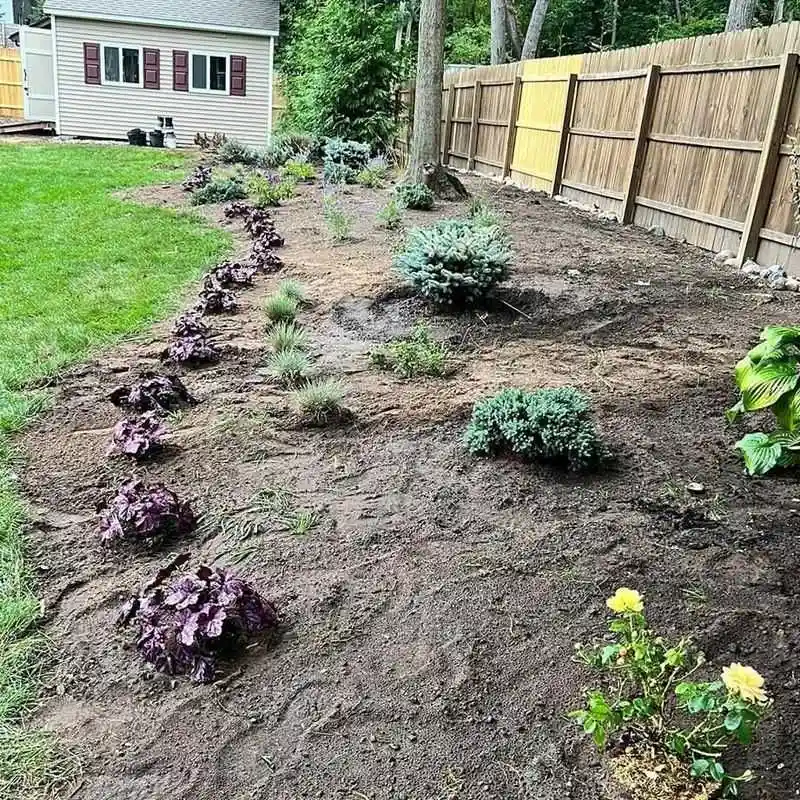
Every plant has its preferred sunlight exposure, and neglecting these needs can stunt growth. By not observing the sun’s trajectory across your garden, you might place sun-loving plants in shade or shade-tolerant plants in full sun.
This mismatch can lead to leggy, weak plants or scorched foliage. Consider the sun’s path through the seasons, and prioritize morning light to prevent harsh afternoon sun stress.
Remember, a plant’s health is as much about placement as it is about watering and soil quality. Proper light exposure can make all the difference in yield quality.
Overcrowding Plants
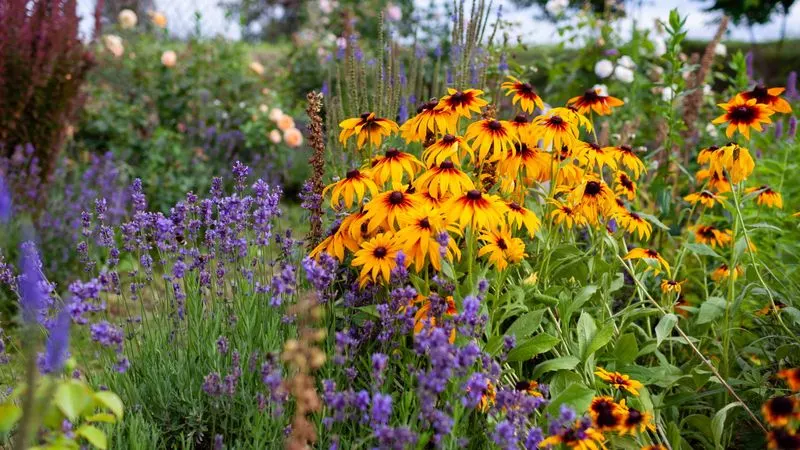
Cramming plants together in the hope of maximizing yield often backfires. Each plant needs room to breathe, allowing air circulation to prevent disease and ensure access to nutrients.
Plants too close together can compete for resources, leading to stunted growth and increased pest susceptibility.
Spacing guidelines provided on seed packets serve a purpose; they help ensure each plant’s optimal growth.
Overpopulation in the garden not only affects yield but also creates unnecessary maintenance challenges as plants vie for survival.
Ignoring Companion Planting
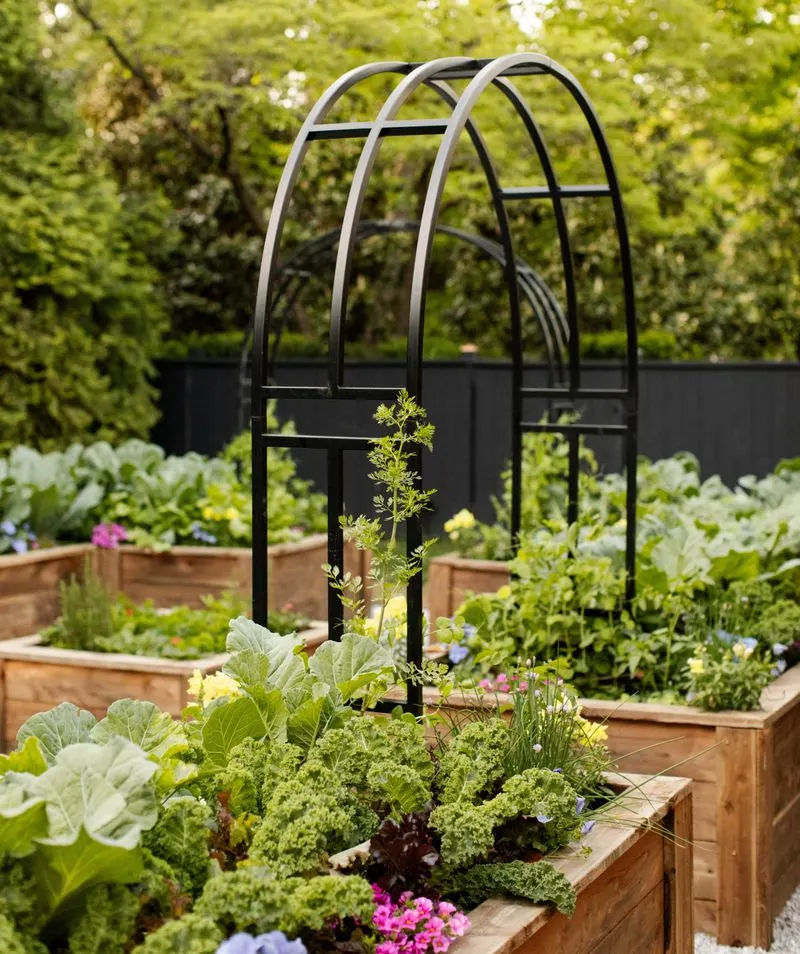
Companion planting is a symphony, and dissonance occurs when certain plants are grouped inappropriately. Certain combinations can enhance growth, repel pests, or improve flavor, while others can inhibit each other.
For instance, planting onions near beans can stunt bean growth.
Understanding these relationships can transform your gardening experience.
Consult companion planting charts to guide your layout decisions and foster a cooperative environment in your garden.
The right plant partners can be the secret to a thriving, harmonious garden.
Neglecting Soil Quality
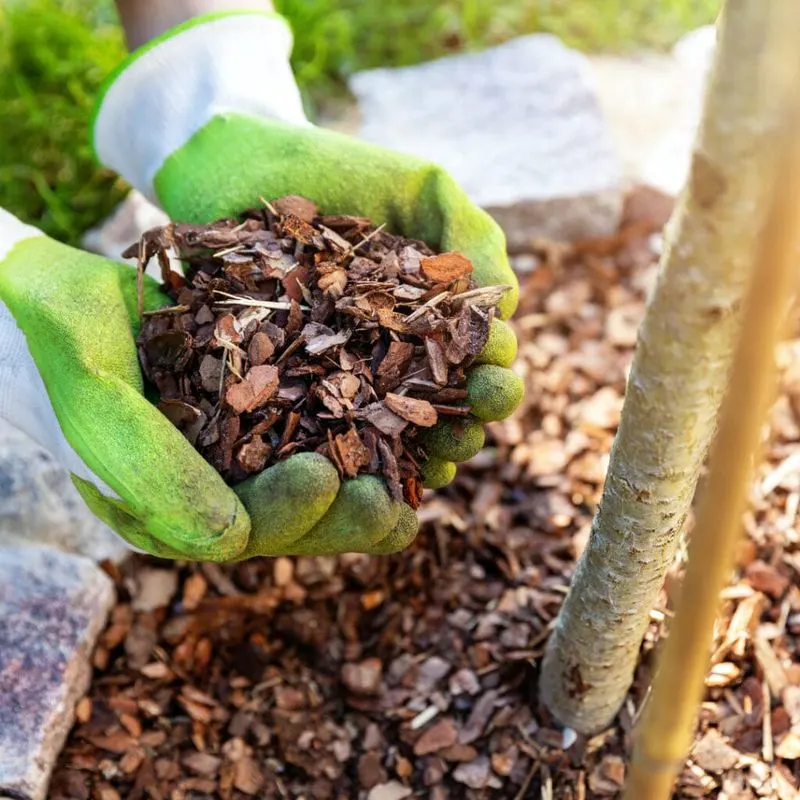
The foundation of a successful garden is rich, well-balanced soil. Overlooking soil quality can lead to poor plant development and diminished harvests.
Conducting a soil test is crucial to understanding nutrient levels and pH balance.
Amending your soil with compost or specific fertilizers can address deficiencies.
Healthy soil supports robust root systems, facilitating better nutrient uptake and plant growth.
Remember, cultivating your soil is as essential as tending to the plants themselves.
Planting at the Wrong Time
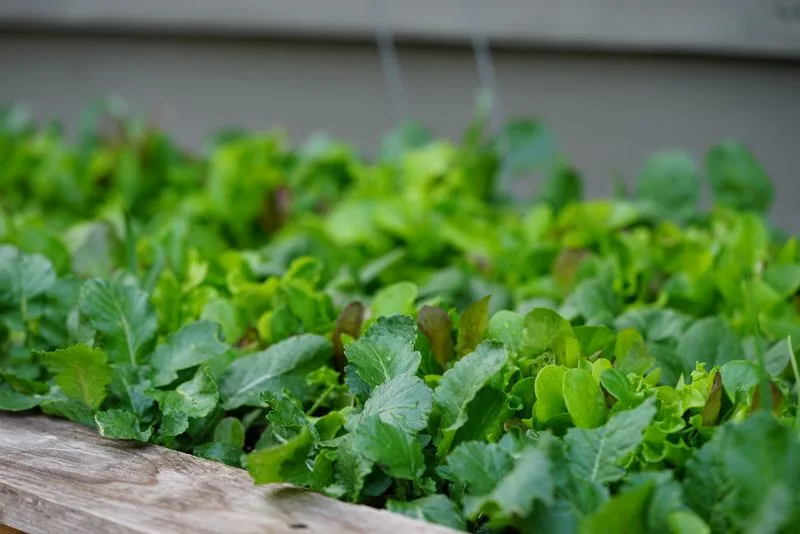
Timing is everything in gardening. Planting too early or too late can expose seedlings to unfavorable conditions, hindering their growth.
Each plant has an ideal planting window, considering frost dates and temperature ranges.
Miscalculations can lead to poor germination and stunted development.
Align your planting schedule with local guidelines and seasonal patterns to give your plants the best start.
Ignoring Vertical Space
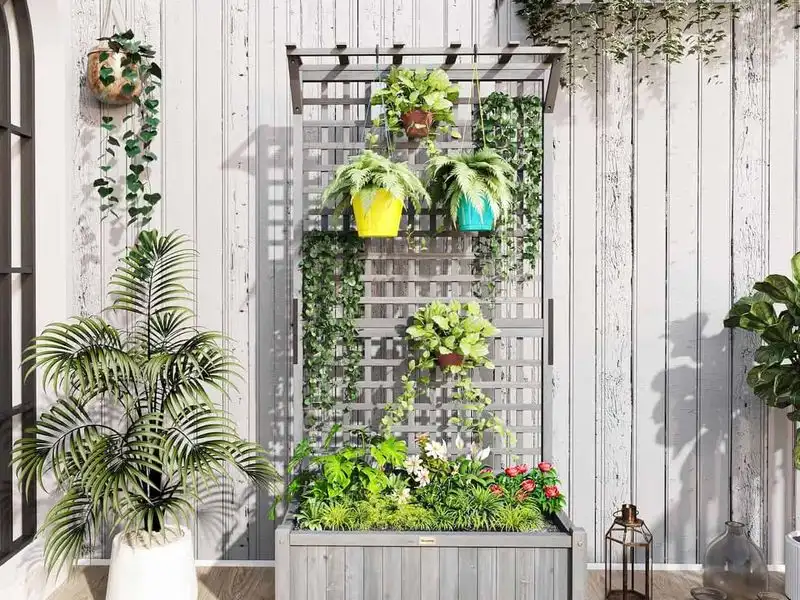
In a limited space, going vertical can maximize your gardening potential. Neglecting to use vertical structures like trellises or cages means missing out on efficient space utilization.
Climbing plants like beans or cucumbers benefit from having room to grow upwards, freeing up ground space for other crops.
This not only optimizes space but also improves air circulation and sunlight exposure for healthier plants.
Vertical gardening can revolutionize small garden areas, making them more productive.
Improper Mulching
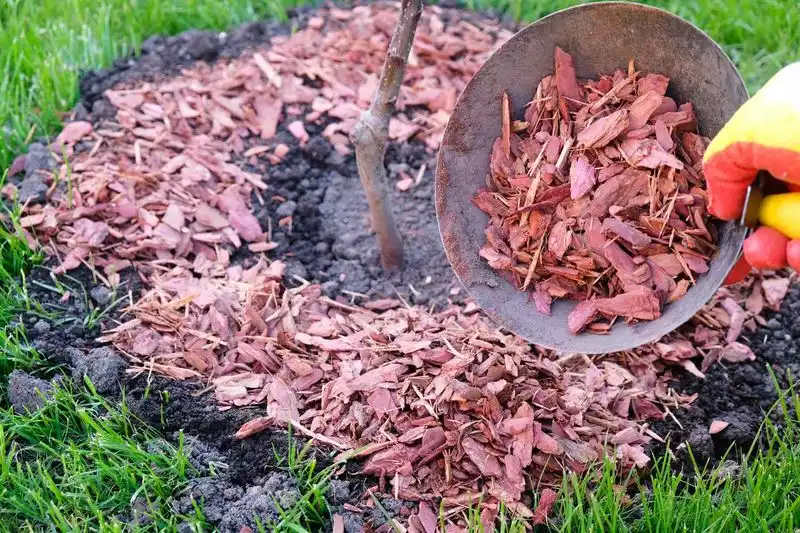
Mulch is more than just a decorative touch; it’s a protective barrier against weeds and moisture loss. However, improper mulching can suffocate plants or leave them exposed.
Applying mulch too thickly can prevent water penetration, while too little fails to conserve moisture and suppress weeds.
Balance is key. A layer about 2-3 inches thick is generally sufficient.
Proper mulching practices can significantly enhance plant health and garden aesthetics.
Disregarding Pest Control
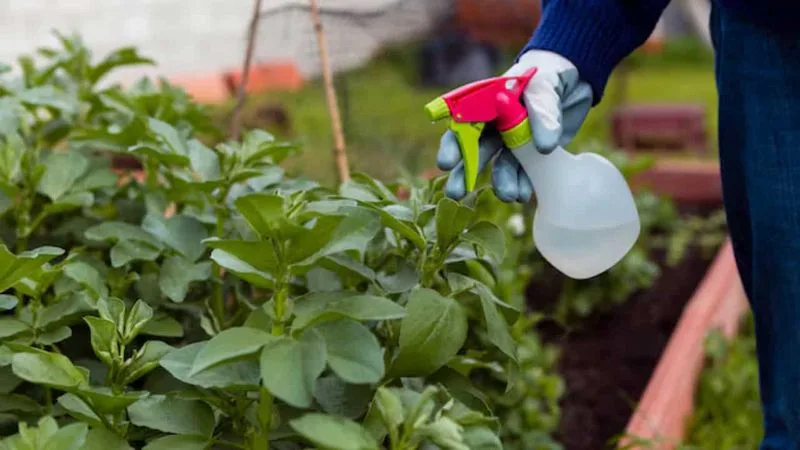
Pests can quickly turn a thriving garden into a battleground. Ignoring pest control can lead to irreversible damage.
Regular monitoring for signs of infestation is crucial. Integrated Pest Management (IPM) strategies can offer eco-friendly solutions.
Natural predators, barriers, and organic pesticides can help maintain a healthy balance.
Proactive measures can prevent minor issues from escalating, safeguarding your harvest.
Overlooking Seasonal Changes

Gardens are dynamic, responding to seasonal shifts. Failing to adapt your garden to these changes can jeopardize plant health.
Some plants may need protection from frost, while others require shade in intense heat.
Adapting involves using row covers, shade nets, or seasonal crops.
Caring for your garden with the seasons in mind ensures year-round productivity and resilience.
Ignoring Plant Growth Rates
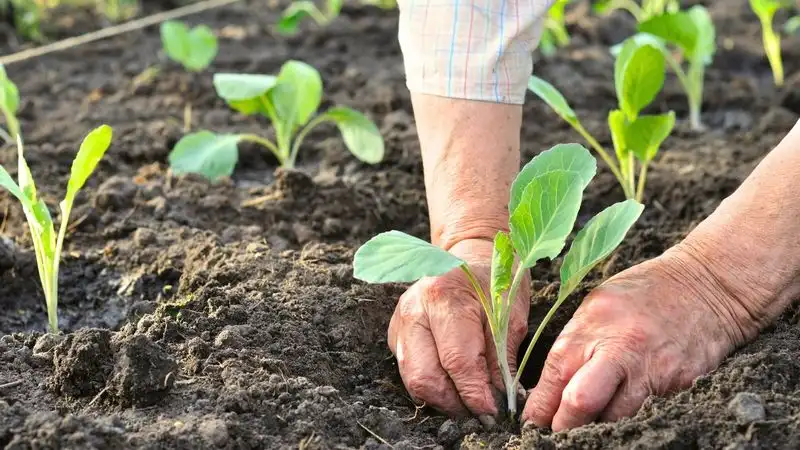
A garden is a community, and ignoring the growth rates of your plants can create competition and imbalance. Fast-growing plants may overshadow slower ones, depriving them of sunlight and nutrients.
Consider the mature size and growth rate when planning your layout.
Staggering planting or using staggered heights can ensure each plant gets its fair share of resources.
Understanding these dynamics helps maintain harmony in your garden.
Improper Pathways and Access
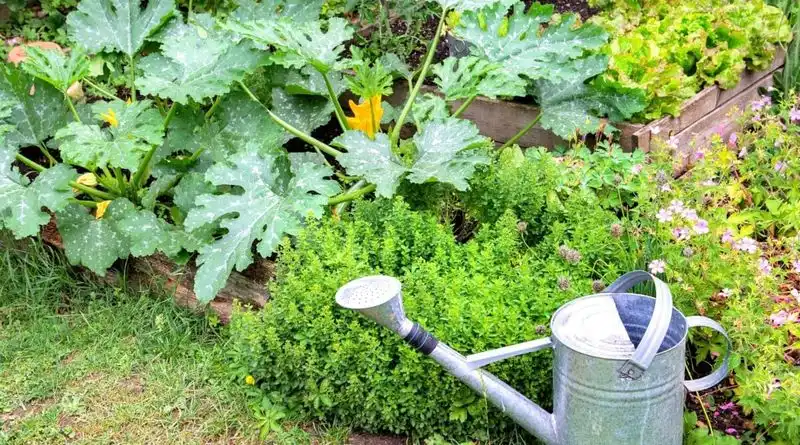
Thoughtful garden design includes easy access to plants for maintenance and harvesting. Poorly planned pathways can make these tasks cumbersome.
Narrow paths or awkward layouts can lead to accidental plant damage.
Ensure pathways are wide and stable, allowing you to navigate the garden without disturbing plants.
A well-planned garden is both efficient and enjoyable to work in.
Ignoring Microclimates
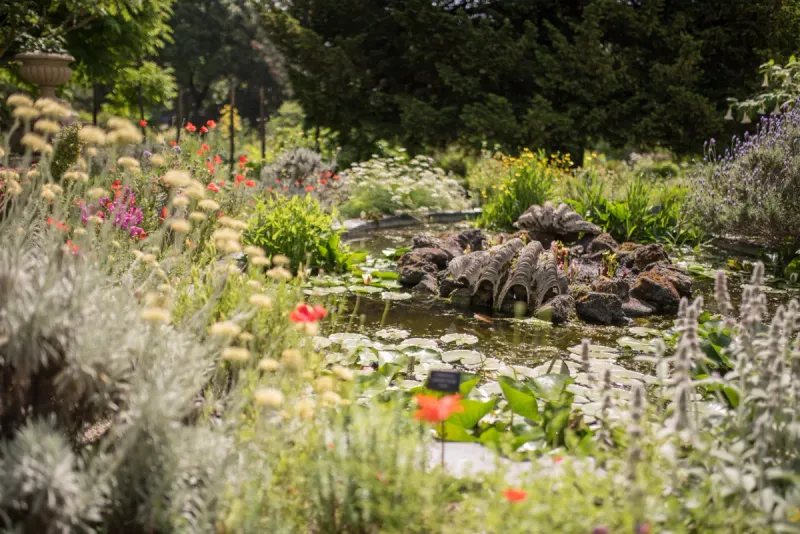
Each garden has mini environments known as microclimates, which can impact how plants grow. Overlooking these can lead to mismatches between plant needs and environmental conditions.
Shade, wind exposure, and moisture levels can vary across short distances.
Mapping these microclimates helps tailor plant placement to suit specific needs, enhancing overall garden health.
Neglecting Crop Rotation
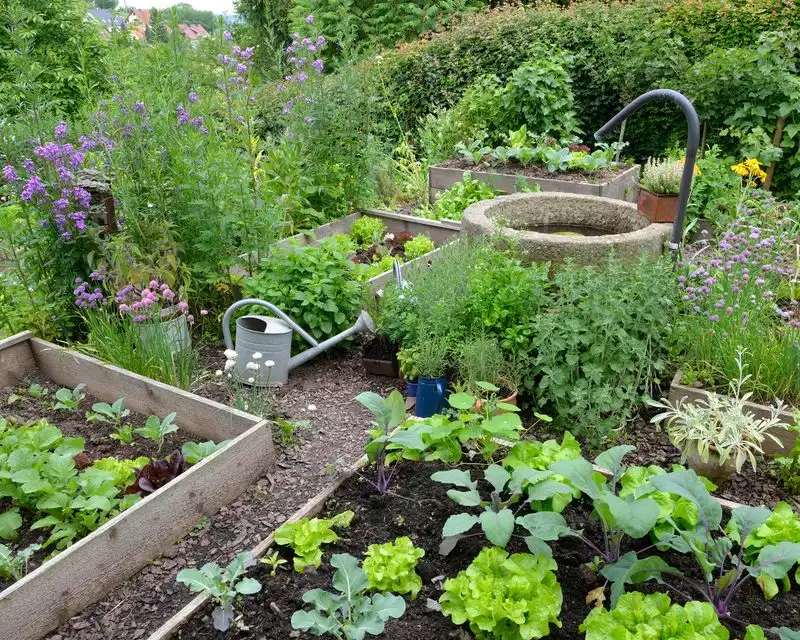
Crop rotation is a powerful tool against soil depletion and pest buildup. Growing the same crop repeatedly in one spot invites trouble.
Rotating crops disrupts pest cycles and balances soil nutrients.
Plan your garden with rotation in mind, ensuring a diverse planting strategy over the seasons.
This practice keeps soil fertile and plants thriving.
Improper Use of Containers
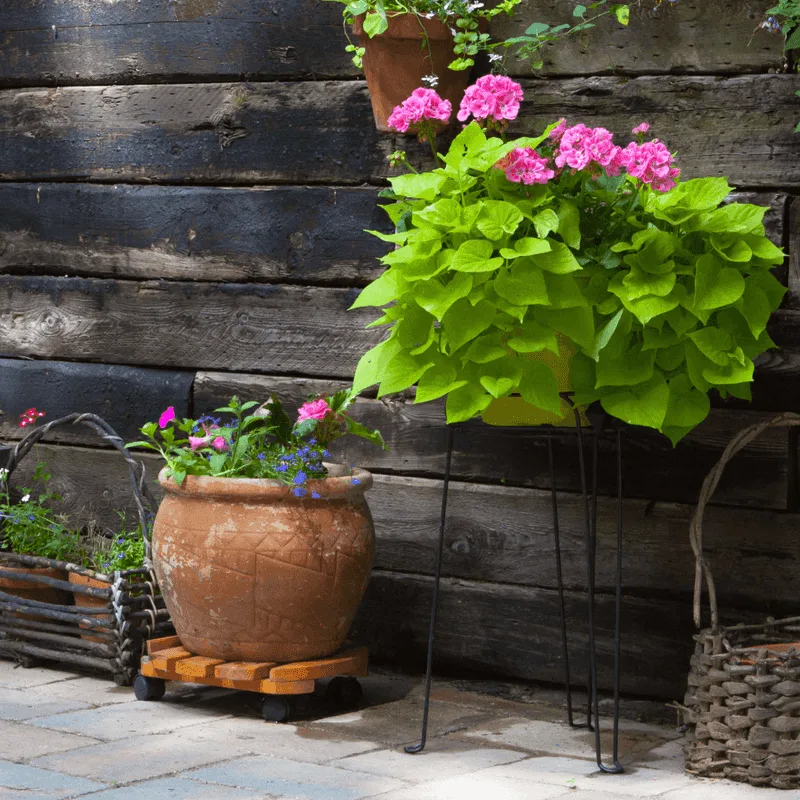
Containers are versatile, but using them incorrectly can stifle plant growth. Overcrowding or choosing the wrong size can restrict root development.
Ensure containers have proper drainage and enough space for each plant’s root system.
Selecting the right material also affects temperature regulation and moisture retention.
Container gardening, when done right, offers flexibility and can be incredibly rewarding.
Neglecting Edges and Borders
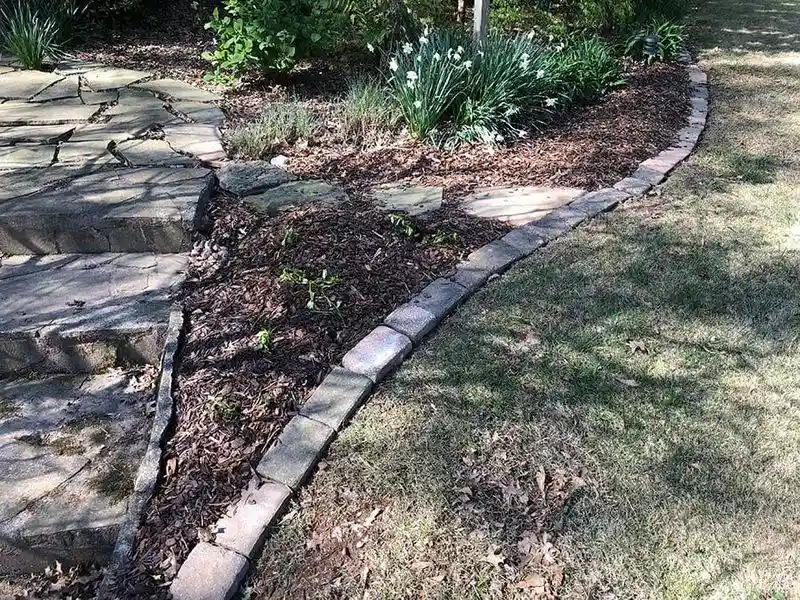
Edges and borders define garden spaces, but neglecting them can create chaos. Overgrown edges can encroach on other plants and pathways, disrupting the garden’s aesthetic and functionality.
Regular trimming and maintenance of borders help maintain a neat, organized appearance.
Consider using edging materials to define boundaries and prevent unwanted spread.
Clear borders can enhance both the garden’s beauty and its efficiency.
Failing to Label Plants
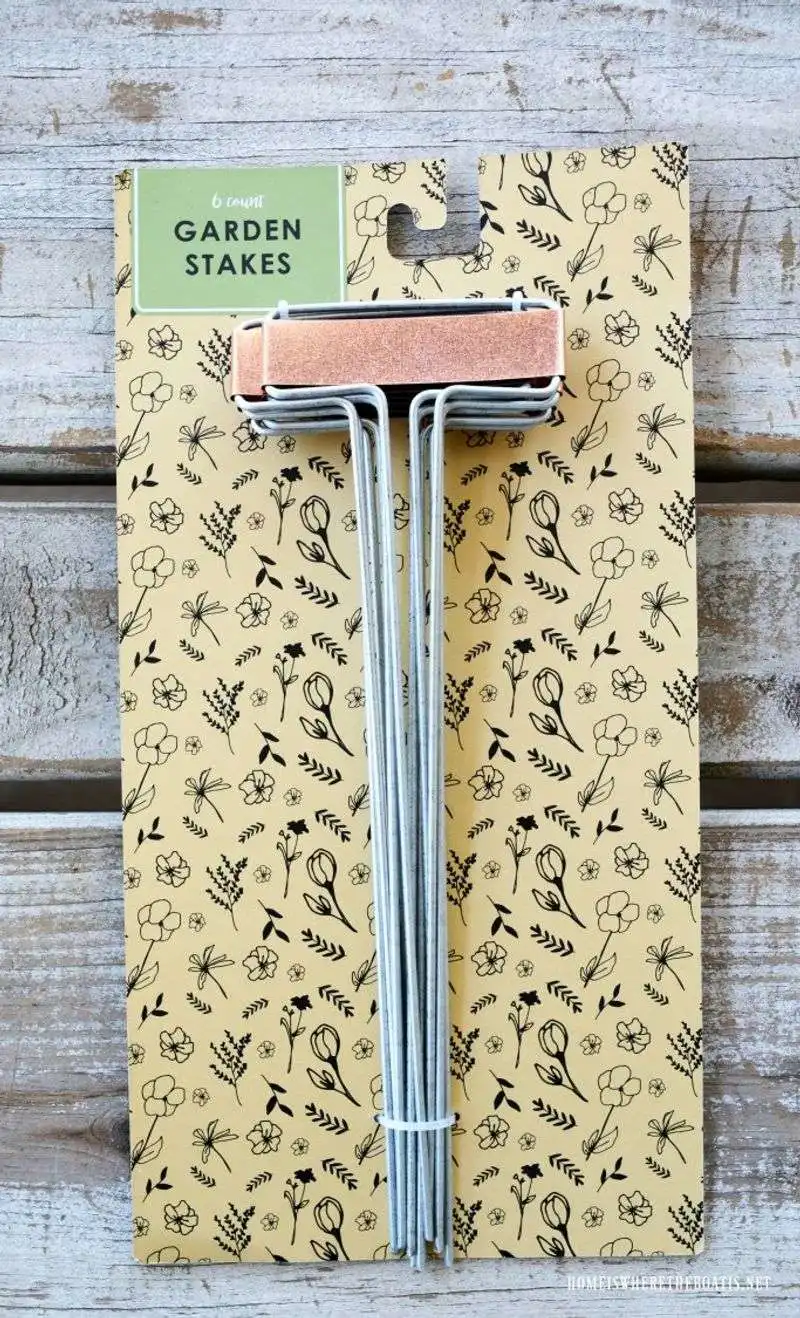
Labels are an essential part of garden organization. Without them, identifying plants becomes a guessing game, complicating care routines and harvest plans.
Clear labeling ensures you know what’s growing where, aiding in proper maintenance and crop rotation.
Use weatherproof materials for labels to withstand the elements.
This simple step can save time and frustration, keeping your garden orderly and well-managed.

